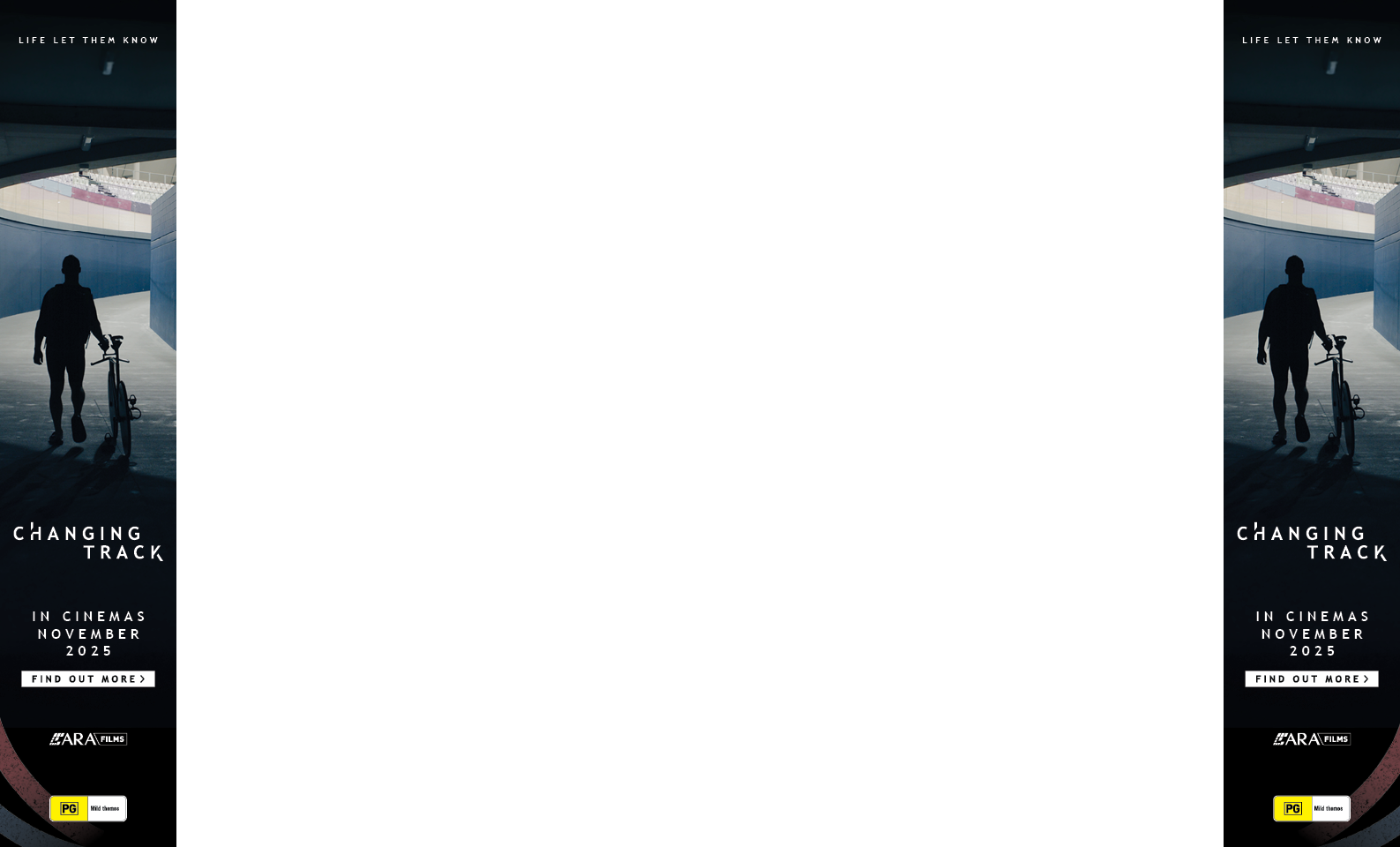by FilmInk Staff
In 1907, Joseph Conrad, famous for Heart of Darkness, published The Secret Agent. Set in a gloomy London, the novel was about a spy, Verloc, a secret agent working for an organisation of anarchists. As a side-line, the hero sells porn and produces subversive material, meanwhile the cops seem to track his every move.
Lone Wolf, the new film from Australian writer director Jonathan Ogilvie (The Tender Hook) adapts Conrad to a slightly futuristic Melbourne, where official corruption rules and privacy is a rumour. Meanwhile, a group of rebels plot an act of civil disobedience producing a disquieting and unforeseen outcome.
Ogilvie’s disturbing, engaging and timely film is an inventive entry in the growing sub-genre of ‘found-footage’ fiction narratives. Most of the action here is captured by CCTV footage, creating a creepy atmosphere of dread.
The cast includes Tilda Cobham-Hervey (I Am Woman), Chris Bunton (Kairos, Down Under), Stephen Curry (Hounds of Love), Josh McConville (1%), Marlon Williams (A Star is Born) and Hugo Weaving (The Matrix), and Diana Glenn is excellent.
We spoke with Ogilvie ahead of the Lone Wolf premiere at the Melbourne International Film Festival.
In Lone Wolf, you are dealing with surveillance and government over-reach. There’s an urgency about this stuff right now. How did the project start?
“I read The Secret Agent by Joseph Conrad. I teach a course at AFTRS. A friend there suggested I look at it and told me it would make a great movie. In the novel, the characters are under eye-ball surveillance in Victorian London. It was not a huge shift to think about how it might work [in a modern setting.] Obviously, the names are all the same and the plot is pretty close. The ending is changed. Hitchcock did the novel in 1938 as Sabotage. When I read the novel, I had been watching a lot of surveillance footage. What clinched it for me was the case of a man who had been tracked by police in Sydney CBD using street surveillance. The police ended up killing him.”

What’s the fascination for you with this material?
“I was interested in this idea where the target is not going to be the people that the [action] is directly aiming at. One person’s terrorist is another’s freedom fighter. It always seemed to me that in these acts of violence it’s the innocent that suffer the most and ultimately that’s what happens here.”
Was the film set in Sydney, where you are based?
“Yes. I couldn’t get it financed in New South Wales, even though it was written for Sydney… But we found [analogues] for locations in the book.”
The Thames becomes the Yarra, and there’s the Bridges…
“And Hugo’s character is like a King atop his Tower.”
The subject and style merge perfectly here…
“How do you make a film on a low budget? That’s the question, right? Surveillance seemed to be the obvious option. In surveillance you have one angle. Each scene becomes like a one act play; you are not doing conventional coverage on it.”

It has the opportunity to create performances that are not really acting in the conventional sense…
“Yes! It was really a truthful situation. Not only do they – the actors – not know where the camera was, there’s no ‘audience’. It’s true surveillance. It’s fascinating. Even on stage, the actor knows where the audience is…”
And they make choices based on that…
“Right. But with Lone Wolf it was fascinating because…who are they ‘playing’ to?”
You have a theory about ‘the surveillance frame’ – tell us about that.
“The surveillance frame is by definition a frame of inactivity; the cinema frame is one of action – the expectation for every cinema frame is that something is about to happen. The surveillance frame is predicated on in-action; because no one wants anything to happen in a surveillance frame; the person monitoring it is saying to themselves ‘for God’s sake don’t let anything happen!’”

You earnt a doctorate a few years ago. Is this related?
“Yeah. I did the thesis in 2014-2018 at Macquarie University and the film was shot in four weeks in 2019. Part of the thesis was [related] the screenplay for Lone Wolf. The gist of it was about how once cinema influenced surveillance – the apparatus – the cameras and monitors and now we are at a point where surveillance is influencing cinema, altering their understanding of visual storytelling.”
There is a fusion in the film – between the ‘staged’ and the ‘real’. There is a bookshop for instance, in a real street, in a real Melbourne suburb… Are those street ‘extras’ real…?
“[Laughs] Yeah! The world is turned into a fiction! All those people you see outside the shop are ‘public’. Part of the story involved an adult bookshop. The Art Director would be setting it up. People were wandering in. They wanted to know when the shop would open! [Laughs]”
Lone Wolf taps very strong feelings about what we as a community ‘allow’ and accept as permissible when it comes to privacy, official security…
“Yeah. It’s not ‘trespass’ to photograph. According to common law the eye is not capable of trespass. In fact, there are very few laws about visual surveillance. It’s all about audio. That’s why most surveillance is silent.”
Lone Wolf is screening at the Melbourne International Film Festival



